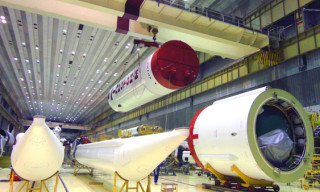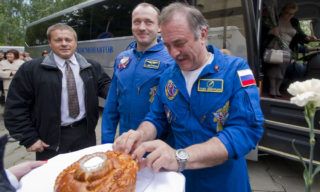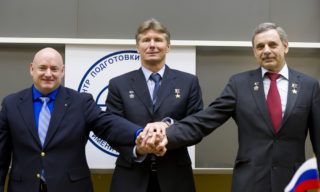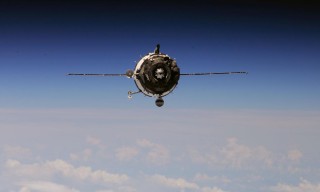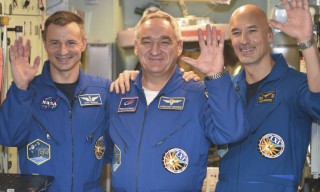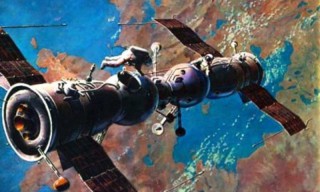The European Space Agency (ESA) has sent the Ariane 6 heavy-lift launch vehicle on its maiden flight. The launch is crucial for Europe, which has lost the ability to conduct space launches in-house for a year. The flight was successful, but in the final stages, the rocket encountered a malfunction that prevented it from returning the second stage to Earth and placing some of the payloads into orbit.
The Ariane 6 rocket was launched from the Kourou launch site in French Guiana on 9 July at 22:00 Moscow time. The launch was delayed by an hour due to a malfunction detected in the data acquisition system. The separation of the two solid-propellant boosters was successful after two minutes of flight at an altitude of 62 kilometres. The new Vulcain 2.1 liquid hydrogen and oxygen main stage engine shut down less than eight minutes after liftoff, as planned. On the second stage, 18 minutes after liftoff, Vinci’s engine fired, which sent it into an elliptical orbit with an altitude of 300 to 700 kilometres. This successfully completed the first stage of the mission. The second stage tested the Vinci engine restart technology on the second stage, a difficult manoeuvre that was successfully performed in space.
The payload on board Ariane 6 consisted of 17 components: small satellites from private companies, space agencies, and universities, two re-entry capsules, and several fixed platforms for experiments. Most of the payloads were successfully deployed in their assigned orbits.
However, not everything went smoothly: during the final phase of the flight, Ariane 6 experienced a problem with the auxiliary propulsion system. Between the second and third activation of the Vinci engine, the rocket deviated from the planned trajectory – the installation switched on, but a few seconds later switched off. Because of this, the upper stage could not be returned to Earth as planned. It will stay in Earth’s orbit for several years, after which it will partially burn up in the dense layers of the atmosphere. According to Reuters, the failure prevented some of the payload, namely two capsules for scientific experiments, from being put into orbit.
“This is only the first step. We have a lot more work to do, but we aim to change the future of the European space transport system,” said ESA chief Josef Aschbacher. He said the next launch will not be long in coming and will take place before the end of this year.
The launch is crucial to overcoming the launch vehicle crisis in Europe, which has left EU countries temporarily without independent access to space. After the decommissioning of Ariane 5 in July 2023 and the loss of Soyuz due to the end of cooperation with Roscosmos in 2022, Europe has been unable to conduct launches on its own for almost a year – having to turn to foreign partners to do so.
Europe’s two-stage Ariane 6 launch vehicle will be available in two versions, depending on the payload required. The first – Ariane 62, which went on its maiden flight today – is a conventionally “light” version with two solid-propellant boosters. It will be used to launch up to two small satellites (mainly government and scientific satellites) and will be capable of launching payloads of about 4,500kg into geo-transitional orbit or 10,300kg into low-Earth orbit. The second, conditionally “heavy” version – Ariane 64 – is equipped with four boosters and will be able to launch larger spacecraft (mainly commercial satellites) into orbit. It is capable of delivering payloads weighing up to 11,500kg to geo-transition orbit and 20,600kg to low-Earth orbit.
Depending on the modification, the rocket can have two or four P120 solid rocket boosters, developed by the Italian company Avio, which are also used as the first stage of the Vega C launch vehicle. The first stage is powered by the Vulcain 2.1 hydrogen-oxygen engine, a modernised version of the Vulcain 2 that was on the Ariane 5 and has already proven itself. The second stage is powered by the latest Vinci hydrogen-oxygen engine with in-flight restart capability. This engine, which significantly expands the capabilities of the European carrier, has never been used in orbital launches before.





